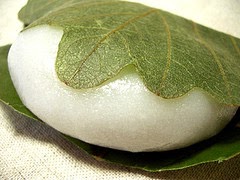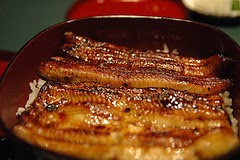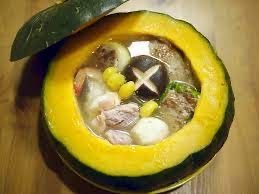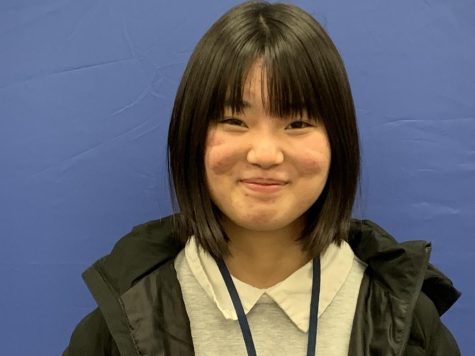Washoku: It’s What’s Cookin’ In Japan

February 16, 2022
What’s the image of Japanese food? Just rice and chopsticks?
I’m going to introduce readers to Japanese food. In Japan, we call that washoku. Washoku is a term we use to describe the traditional dietary culture and food preparation of the Japanese. Do you know why washoku is good for your health? They have four reasons why it’s good for your health.
First, they have various local fresh ingredients and good way to cook–like using soy sauce and sake for cooking. These are from nature. It’s definitely good for your body.
Second, it is a healthy eating style. As I will explain, a Japanese meal consisting of a bowl of rice with soup and three dishes is called ichiju-sansai in Japanese. Ichiju-Sansi is the most healthiest way to eat food. They have carbohydrates, vegetables, fish, and soup–the balance is awesome.
Third, it is an expression of the beauty of nature and the four seasons. In Japan, we have four seasons, just like you do: spring, summer, fall, and winter. Therefore, they have a wide variety of seasonal vegetables. You can taste the four seasons from Japanese foods.
 In spring, we use cherry blossom leaves with mochi. In summer, we eat eel with rice. It’s really weird. But, it’s really good, too! We grill eel and put it with rice.
In spring, we use cherry blossom leaves with mochi. In summer, we eat eel with rice. It’s really weird. But, it’s really good, too! We grill eel and put it with rice.
In fall, we definitely eat fish. That’s because fall is the highest fish yield. Fish has vitamin C. Sushi is the one of the most popular way to eat fish. When I came America, I was really surprised. That’s because they don’t eat raw fish here!
In winter, we usually eat pumpkin with udon. Udon is a thick flour noodle that is often used in Japanese cuisine. It is common to put boiled udon noodles in a bowl and add warm soup to eat. Notably for the Celebration of New Year, Osechi is the Japanese traditional new year’s dishes, whose ingredients are believed to bring good luck.
As said before, a traditional Japanese meal consisting of a bowl of rice with soup and three dishes is called ichiju-sansai in Japanese. But, now I’ll explain the table rules in Japan with these dishes. First, you need to lift your rice or soup bowl with one hand when you eat Japanese food. You can slurp when you eat noodles, like udon, soba, and ramen. To make a slurping sound when you eat shows you liked that food. A bowl of rice is placed at the left front of the diner, and a bowl of soup is at the right front. The main dish is set in front of the soup, and one of the side dishes is set in front of the rice, with the other side dish set between the two.
In Japan, everything has meaning behind it–understanding the washoku means that you understand the advantages of eating healthy foods. I think food helps our creative thinking as well as our body. No matter what country we come from, we should take care to eat healthy foods.







